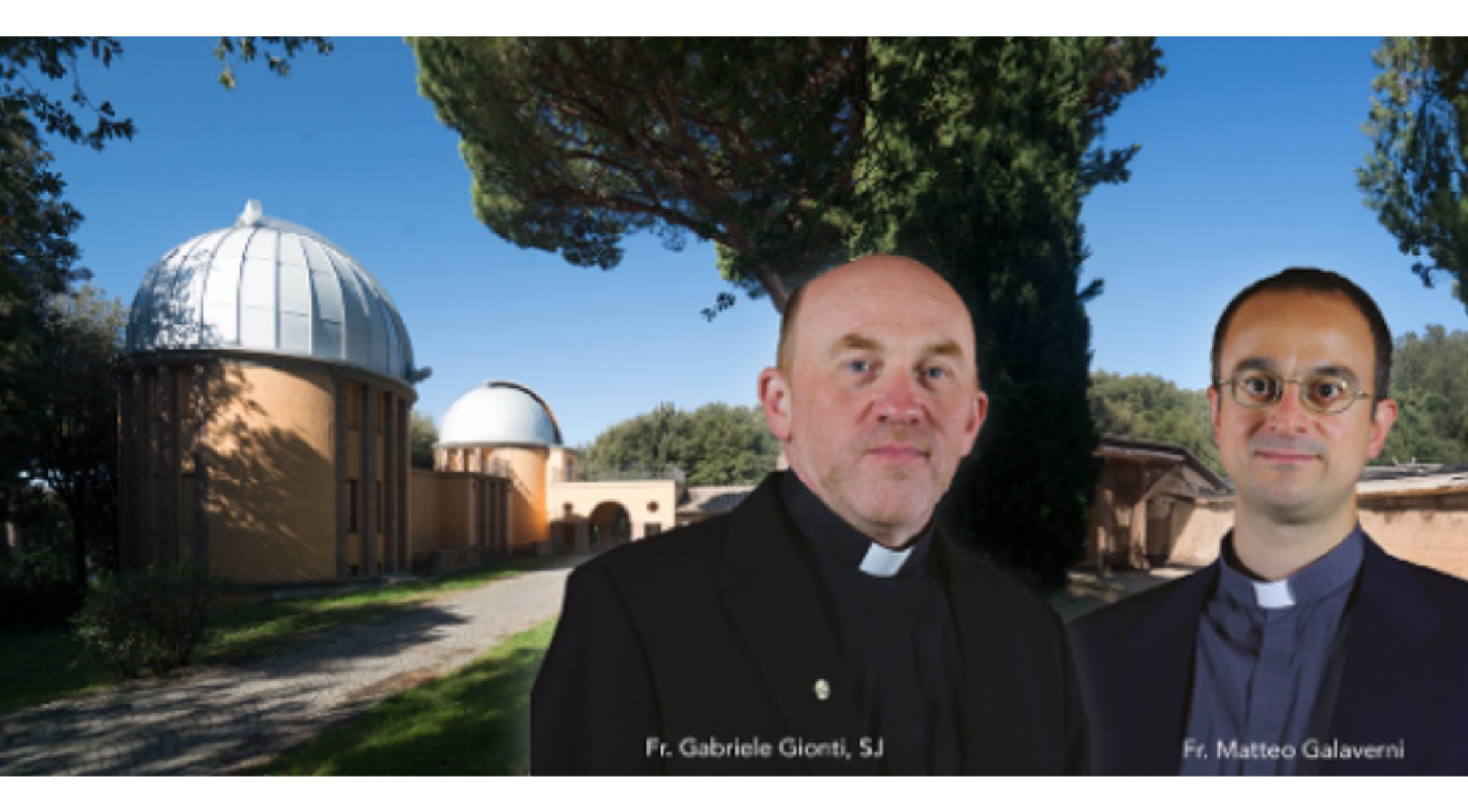(ZENIT News / Castelgandolfo (Vatican City), 03.14.2024).- Two cosmologists at the Vatican’s astronomical observatory have made further progress in developing a new mathematical method for understanding the Big Bang. In a 2022 paper published in the prestigious journal Physical Review D, Frs. Gabriele Gionti and Matteo Galaverni (Diocese of Reggio Emilia – Guastalla, Italy) introduced a promising new mathematical tool that they developed for understanding the early moments of the universe. Now they are publishing a new paper in the European Physical Journal C.
Detection of gravitational waves and other cosmological measurements tell us that Albert Einstein’s theory of gravity known as “General Relativity” is the right physics for describing the large-scale structure of the Universe today. The idea of gravity is very old. Aristotle theorized that the reason a rock falls to the ground is because it possesses “gravity”, or “heaviness”—a natural and constant tendency to move toward the center of the universe. Isaac Newton theorized that the rock’s fall is driven by a “gravitational” force present between all mass-having objects, including the rock and the Earth. Einstein’s theory is that the rock’s motion is the result of a warping of space and time produced by the Earth’s mass. Einstein’s theory of gravity has passed experimental tests, and can explain observed phenomena, that Newton’s cannot.
However, questions persist about the laws of physics at the very first moments of the Universe, and about the physics of gravity on very small scales. Researchers have proposed theories to combine gravity with quantum mechanics (the physics that applies at the smallest scales). These alternative
or modified theories of gravity suggest that gravity could behave differently than General Relativity predicts, even regarding the large scale structure of the Universe. They are also often employed in attempts to explain the mysterious “Dark Matter” and “Dark Energy” which astronomers now believe to comprise the vast majority of the observable universe, but about which little is known. However, the scientific community is divided as regards these theories.
Frs. Gionti and Galaverni show in their new paper, “On the canonical equivalence between Jordan and Einstein frames”, that they can transform or “map” the solution to a physical problem from an alternate theory of gravity into General Relativity through a mathematical trick of looking at the problem through two different mathematical “frames”, known as the “Jordan” and “Einstein” frames. But are the solutions given through these two frames equally applicable to the real world that astronomers observe? The two priests’ work suggests both promise and limits. “The check of whether or not the physical observables,” they write in the paper, “calculated separately in the Einstein and Jordan frame, reproduce the same result in both frames, should throw light on the physical equivalence of Jordan and Einstein frames.” They also show that there is a similar map between alternative theories of gravity and a peculiar behavior of gravity called “anti-Newtonian” or “anti-gravity”.
The two find this mathematical analysis of gravity personally compelling. “It is really fascinating to try to understand the physical laws at the very first moments of the universe,” they say. “The search for new physical laws and the endeavor to fully grasp them is a process that fills our minds and hearts with a lot of joy.” Although sometimes, they note, it can be quite frustrating. “It is a way to contribute—together with all the scientific community—to answer some fundamental questions: who are we? where did we come from? what is our origin? Furthermore, for a person of faith, it is a wonderful possibility to interpreter his research as a discover of new traces or signs of the beauty and of the elegance of God in creating the universe—despite our extremely limited knowledge!”.
Thank you for reading our content. If you would like to receive ZENIT’s daily e-mail news, you can subscribe for free through this link.



